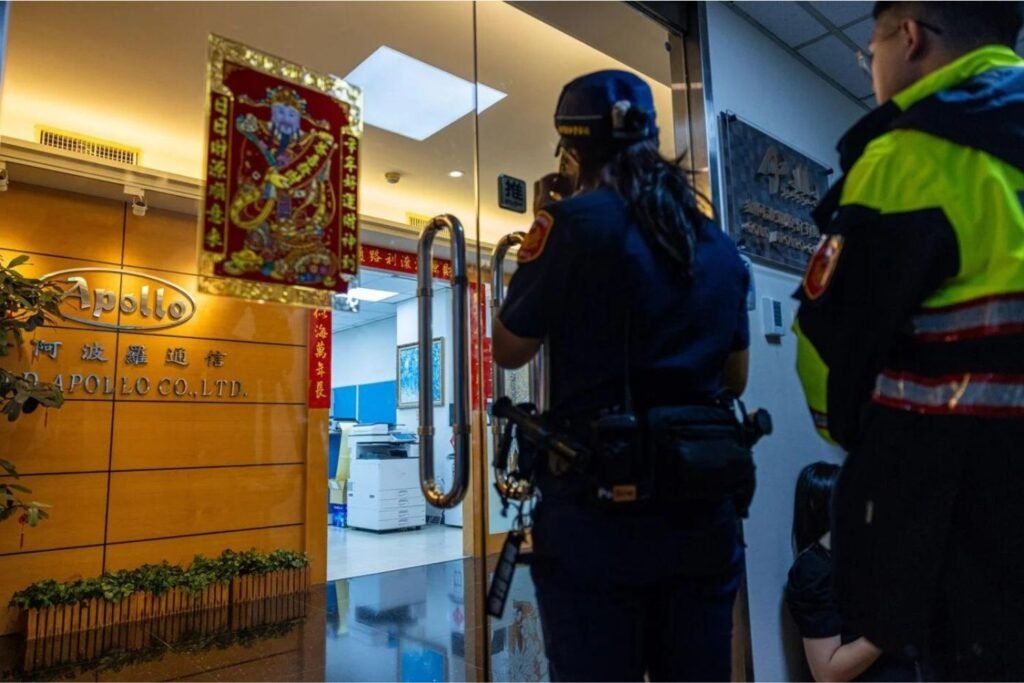The pagers causing a stir in Lebanon: What we know till now

Yesterday, a tragic event unfolded in Lebanon as part of a coordinated attack against Hezbollah, resulting in at least 12 deaths and thousands of injuries. The hospitals in the region are struggling to keep up with the overwhelming number of casualties.
The Attack and Aftermath
At 3:30 p.m. on Tuesday (local time), chaos erupted as pagers began to sound, leading people to believe they were receiving messages from Hezbollah leaders. However, seconds later, the pagers exploded, causing injuries to their owners and those nearby. Lebanese health officials reported a total of 1,850 injuries in Beirut, 150 in Bekaa, and 750 in southern Lebanon, with an additional 14 injured in Syria. Among the casualties was nine-year-old Fatima Abdulla, who tragically lost her life while innocently handling one of the pagers.
The Use and Decline of Pagers
Pagers, once a popular form of communication in the 1980s and 1990s, have since fallen out of favor with the rise of cell phones. However, they still serve a purpose in scenarios where traditional devices may fail, as they operate on radio frequencies and do not rely on cellular networks. Commonly used in American hospitals for their reliability, pagers are known for their simplicity and durability, lacking features like GPS or cameras.
The Resilience of Pagers
Dubbed as the “cockroaches of communication” by a doctor, pagers are valued for their ability to withstand harsh conditions and provide reliable service in emergencies. The Gold Apollo Rugged Pager AR-924, equipped with a long-lasting battery and sunlight-readable LED screen, exemplifies the durability and practicality of these devices. Despite their decline in popularity, pagers continue to demonstrate their usefulness in certain situations where other technologies may falter.




